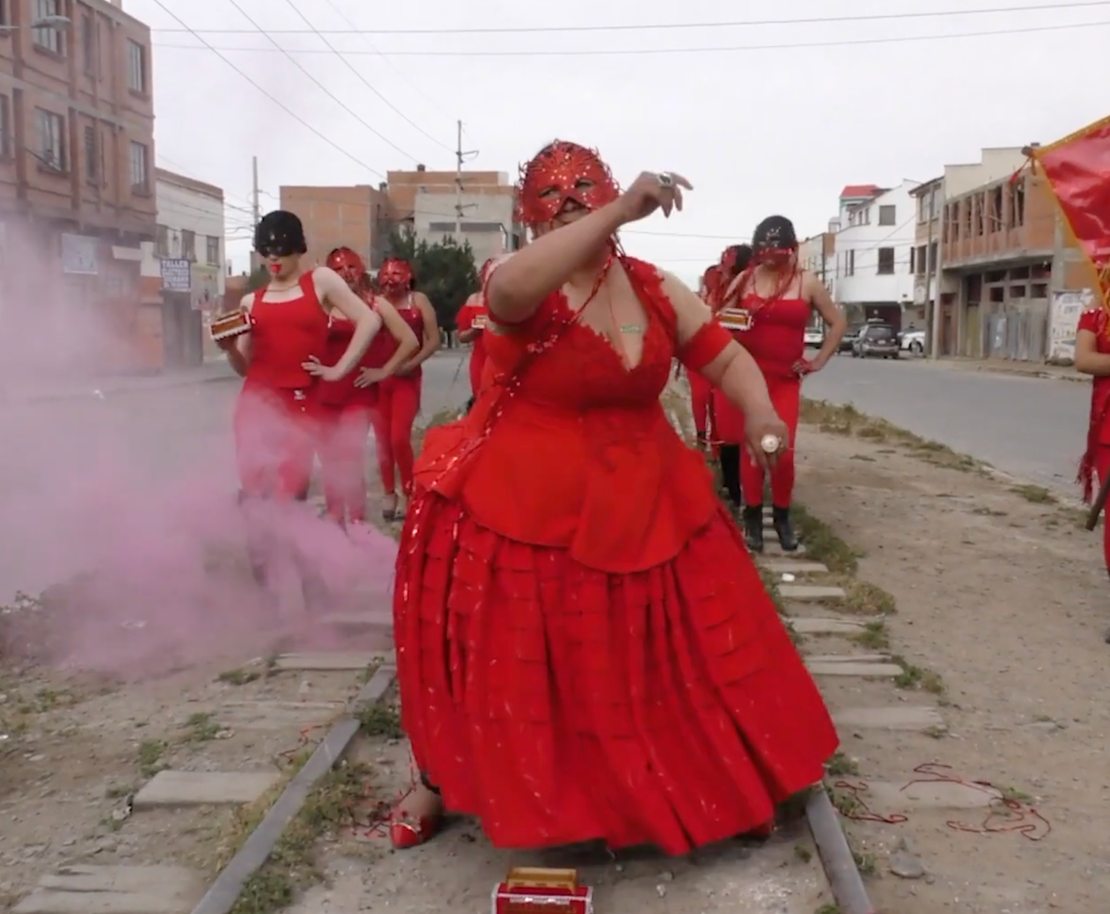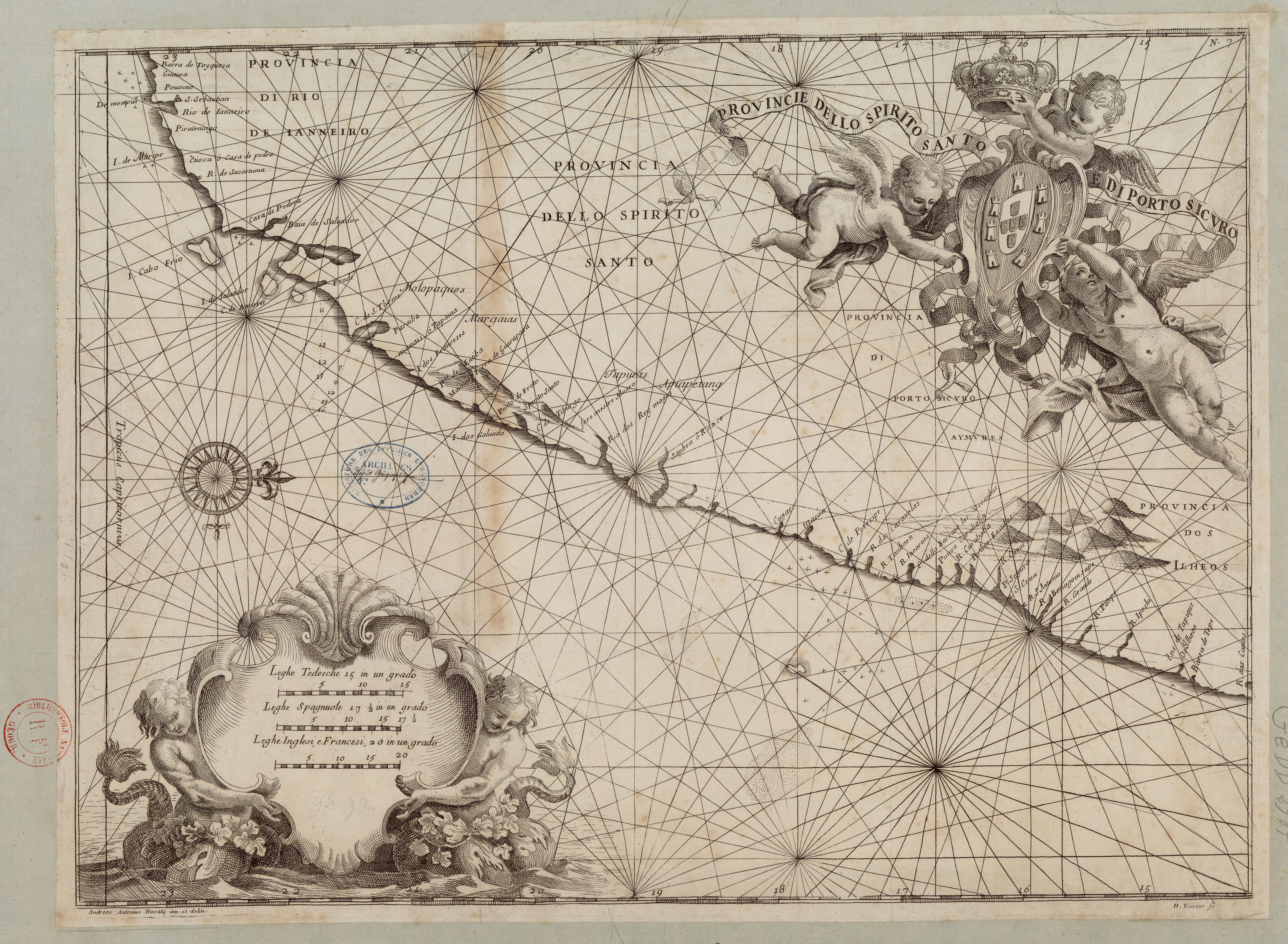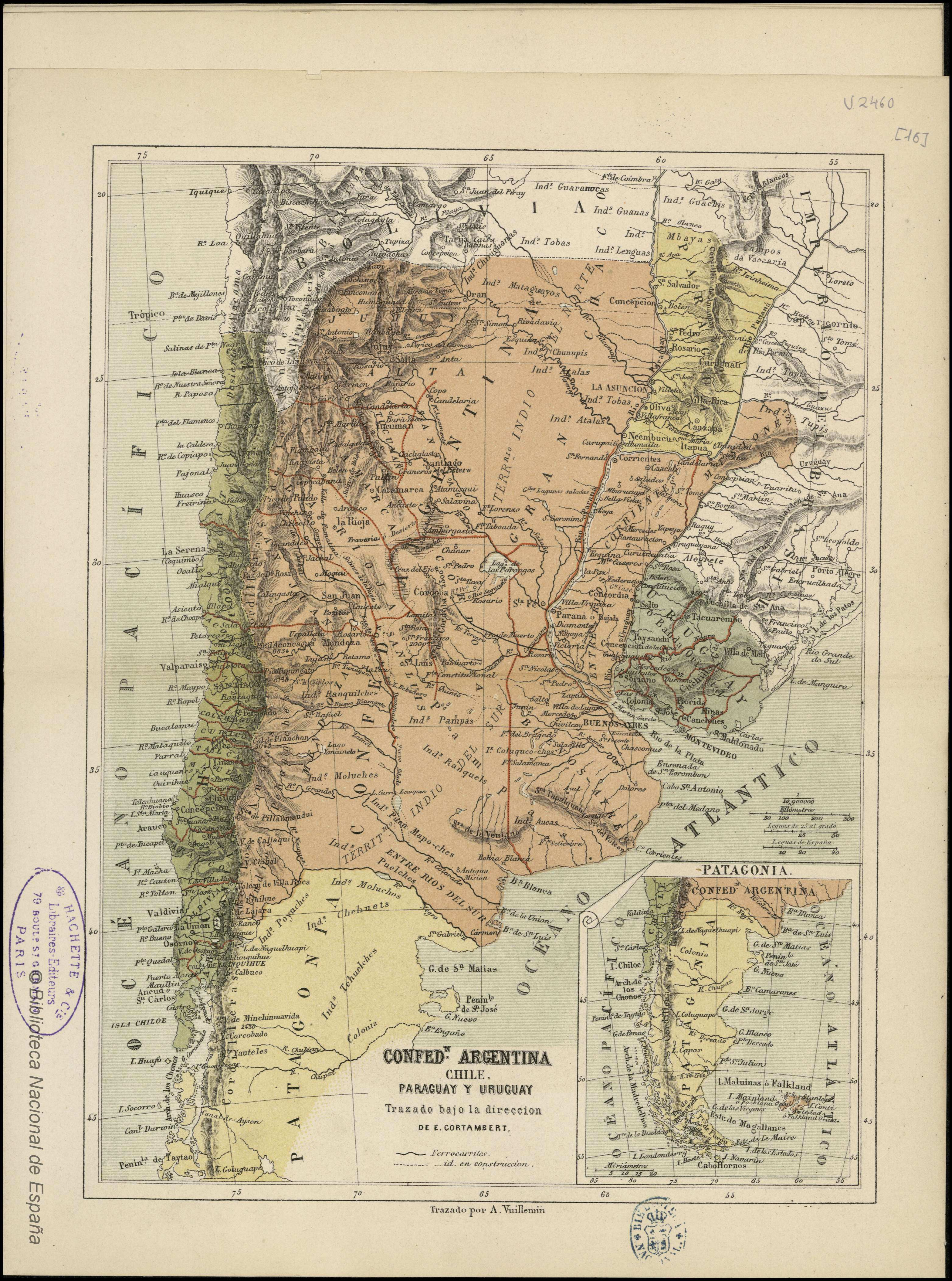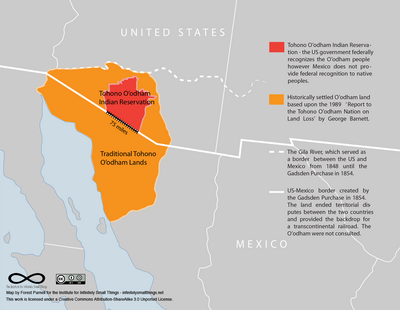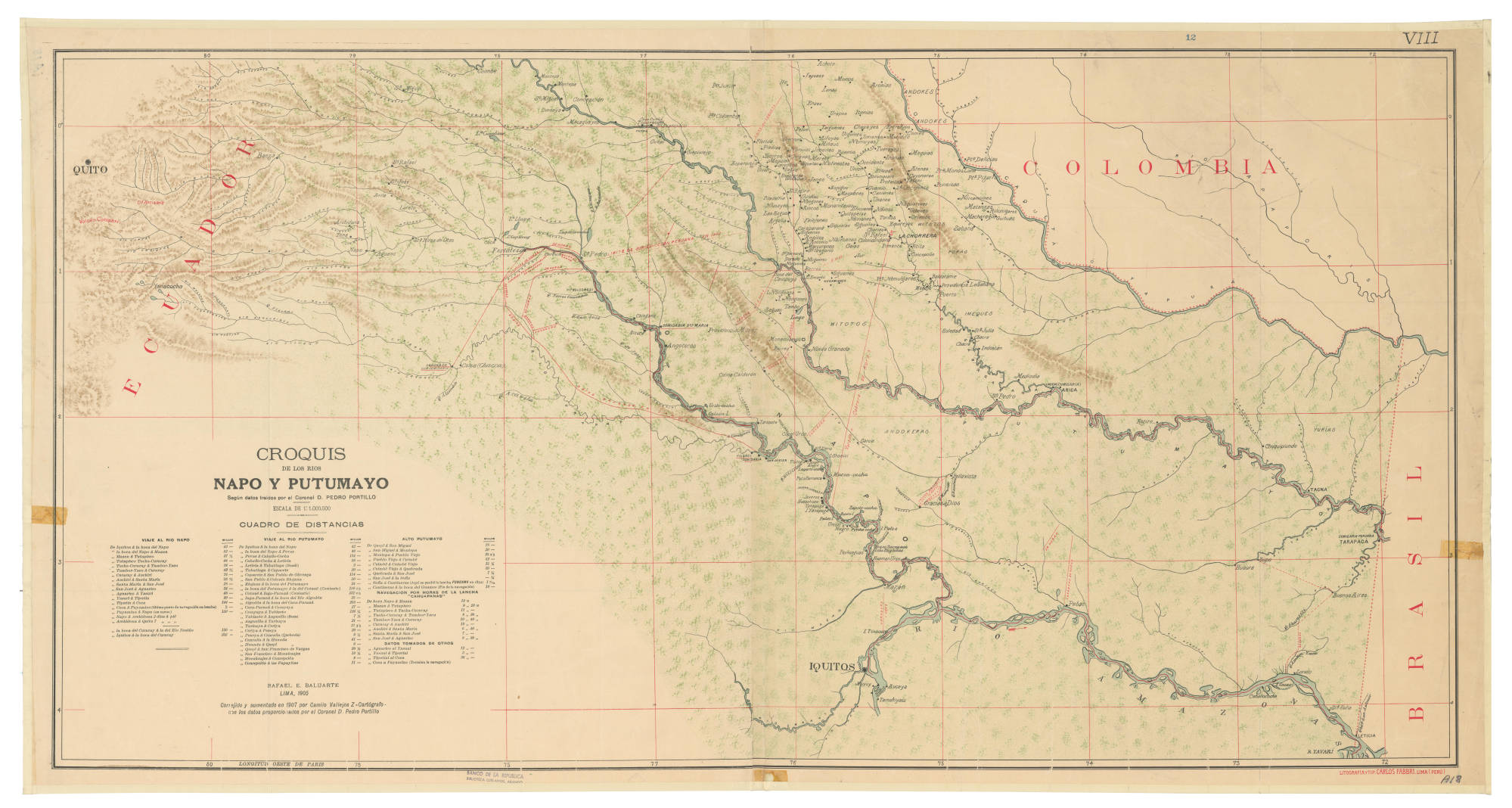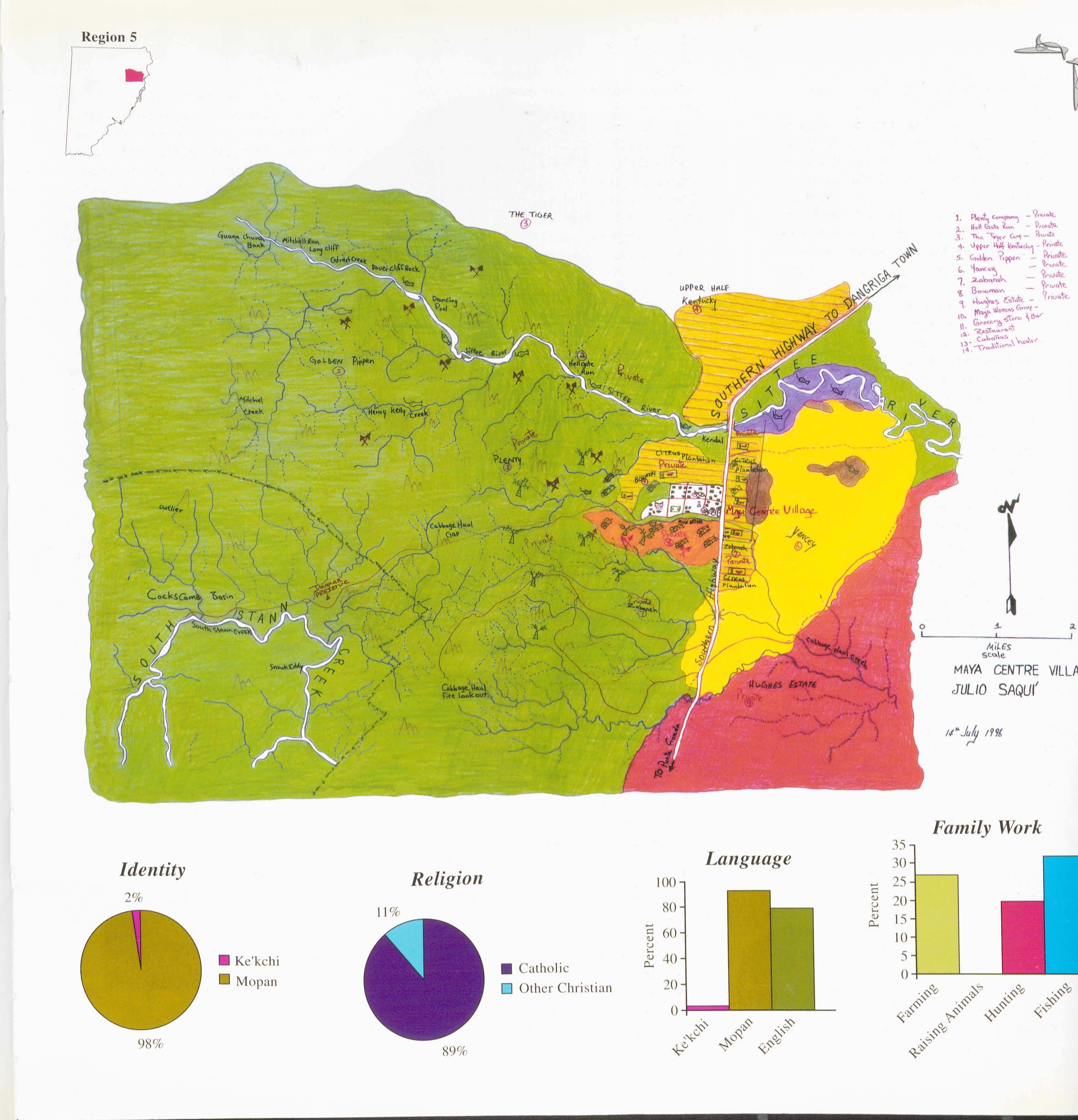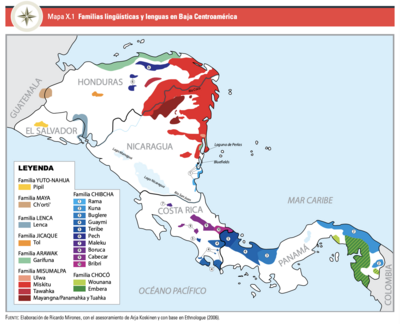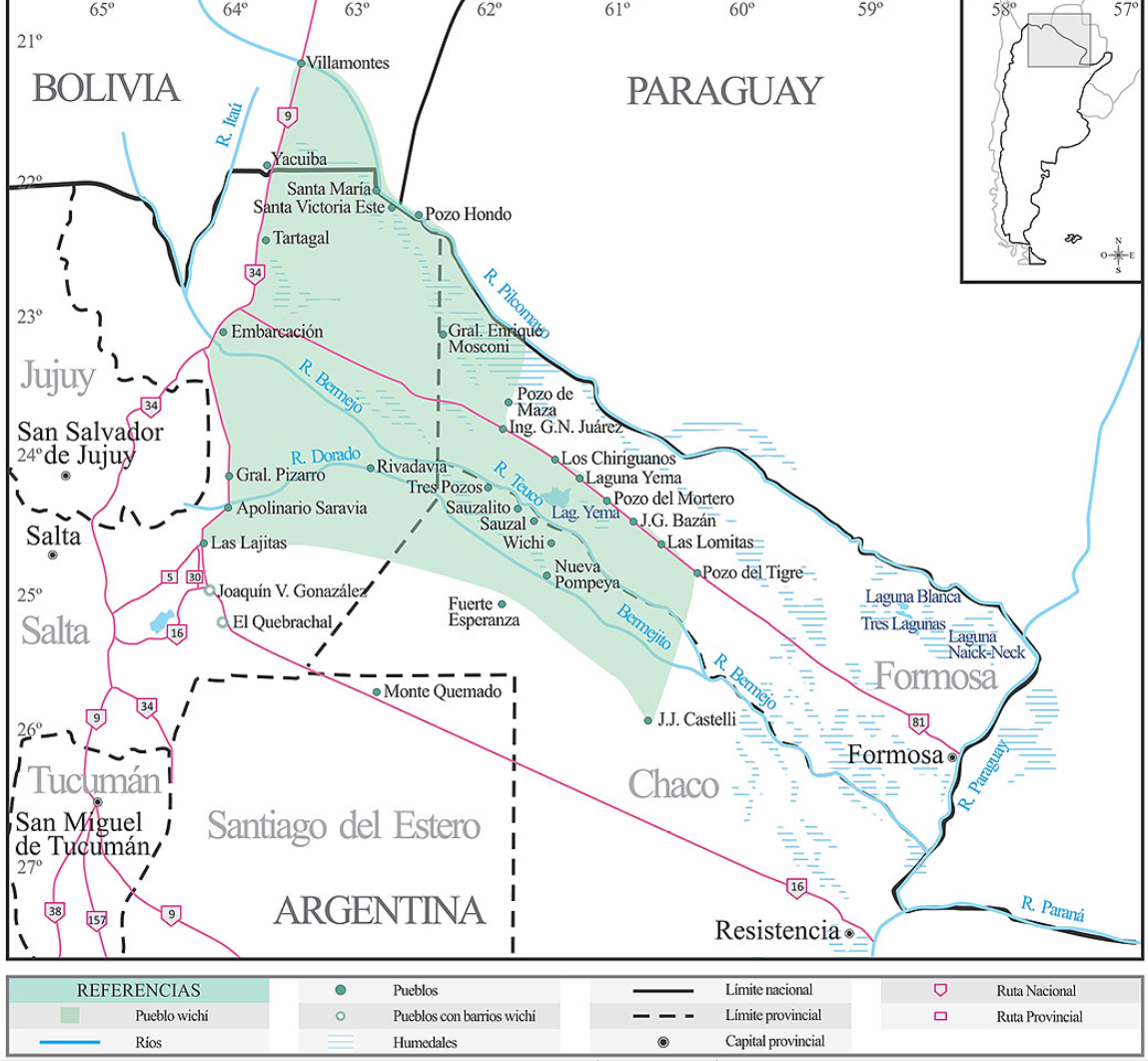Abstract
Location: Museum of Modern Art of Mexico in Mexico City, Mexico.
inSURrecciones: Reflections on Decolonial Performativity draws inspiration and strength from the collective will of a collective South stretching from Alaska to Patagonia. We seek to open fissures in neoliberal artistic production towards celebrating performative practices that name themselves and their complex otherness from a decolonial perspective.
Because the history of humanity has always been narrated by the victors, the story of the victorious and the vanquished form the foundation that normalizes a painfully unequal existence. At the same time, there have always been other narratives, other ways of understanding the worlds we inhabit. These other ways of narrating our diverse worlds are gaining strength against the persistent imposition of a discourse designed exclusively for those who base their triumph on colonial invasion, domination, and annihilation, the very building blocks of the capitalist, neoliberal, phallocentric system in which we are all immersed.
The pandemic caused by the SARS-CoV-2 virus placed us in a paradigm shift that has confronted us with what Nobel Prize-winning chemist Paul Crutzen called the Anthropocene. During this period, the old colonial ideology has developed the economic, political, social, and cultural dynamics that govern the way we relate to one another today. This colonial mindset persists, and grows stronger, through control technologies that manage the life, nature, resources, bodies, and behaviors of the inhabitants of our globe.
In recent decades, a distinct enunciation from the Global South premised against the idea of a universal world order has emerged, and some of its loudest strains can be heard in the field of performance studies. Using the Kuna term Abya Yala—Living Land—it conceives of an alternative geography that names the relation of culture and nature as one of coexistence, not conquest.
Some of the initiatives born of this impulse include the Hemispheric Institute of Performance and Politics and the RedCSur (Conceptualisms of the South Network). In addition to these collective efforts, many other individuals work to preserve the record of the ephemeral arts of performance, building a memory through their publications. It is impossible to provide a precise account of each of these contributions, but it is necessary to mention them as part of a genealogy that has been outlining, for quite some time, a new assertiveness from the South.
To carry out this task, we designed a program that enabled the creation of new work and new thought, as well as archival review, and preservation. Thus, we commissioned performers Carlos Cruz (Mexico), Lukas Avendaño (Mexico), Martha Hincapié Charry (Colombia), Deborah Castillo (Venezuela), María Galindo (Bolivia), and Carlos Martiel (Cuba) to create proposals under the theme of insurrection, emphasizing the dissident voice of the South.
At the same time, we selected a set of performance archives that we titled Archivos Expuestos (Exposed Archives). These archives come from artists who, situated in the territory of Abya Yala, have poetically and politically exerted impact on their surroundings. These archives were classified into two categories: those from artists commissioned to create new work and those from existing artist archives aligned with the theme of the meeting, and thus in dialogue with the work of the invited artists.
In addition, we invited scholars from various fields of knowledge and artistic practices to join this exercise in collective reflection, auditioning a dialogue about the concerns and performative strategies of the invited creators. Participants in these sessions included Paulina Chamorro, Antonio Prieto Stambaugh, Paola Marugán, Jorge A. Sánchez, Mónica Ornelas, Jesús Torrivilla, Didanwee Kent, and Eduardo Bernal.
The meeting took place from April 2 to 6, 2024, at the Museum of Modern Art, INBA, in Mexico City, in collaboration with the Goethe-Institut and the Transversales initiative of Teatro Línea de Sombra, thanks to the support of the Mellon Foundation and the University of Pennsylvania.
As a result of this reflection and collective dialogues, inSURrecciones.com emerged—a digital and open archive that will work to chronicle and further this new dialogue from the South and for the South.
This website repository consists of the records of the six performances commissioned for the occasion: Veta negra-variación by Carlos Cruz, Bedxe’Guie’ by Lukas Avendaño, Tajo by Martha Hincapié Charry, Tzompantliby Deborah Castillo, Monumento V by Carlos Martiel, and Nos roban las palabras o A calzón quitado by María Galindo.
In the Archivos Expuestos section, you will find Veta Negra, Buscando a Bruno, Hecatombe II, Desafiando al coloso: tres actos, Tierra de nadie, Revolución puta, Esculpir el silencio, Una de las postales mentía, Zona de silencio, La mirada bizca, and Servil ornamentación.
These inSURrections constitute a new grammar, a new language as they articulate a resistant power that grows in proportion to the forces that oppress us.
Official website: https://insurrecciones.com/que-es-insurrecciones/
